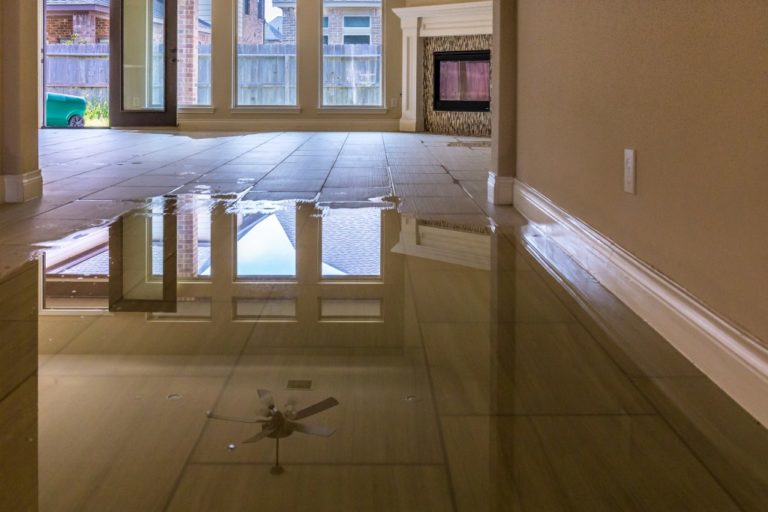Home maintenance is a natural consequence of homeownership. Included in your home maintenance checklist is keeping your home safe from water damage. Preventing water damage to your property comes with many benefits, including maintaining its value and extending its lifespan.
However, if you do otherwise, you will be facing costly repairs, losses, and tedious insurance claims. According to Forbes, water damage is among the most common and most expensive types of homeowners insurance claims. Each year, about one in every 50 homeowner files an insurance claim for water damage.
Preventing Water Damage to Your Property
There are plenty of reasons why your property is prone to water damage. It could be due to natural disasters or man-made accidents. Most often, water damage could have very well be prevented with a timely check and maintenance. Thus, here are 11 tips to help you prevent water damage to your home.
Outside Your Home
Drainage
The first step in water damage prevention is to have a proper drainage system to deal with rainwater and heavy downpours. Without proper drainage, the structural foundation of your home would be weakened. Cracks will start to form in the concrete foundation allowing outdoor water to enter your home.
Gutters & Downspout
Your gutters and downspouts are other structural areas of your home you need to check on to prevent leaking. If your gutters are often clogged, consider changing it with seamless gutters. It saves you the hassle of frequent maintenance, and it is proven to last long.
Do not forget your downspouts as well. Make sure that rainwater can flow freely and directly at least five to six feet away from your house.
Roof
Our roof is our foremost line of defense against the natural elements. To prolong its life and avoid costly repairs, have your roof maintained and check at least twice a year. Make sure no tiles or shingles on your roof are missing, loose, or chipped as water might start pouring inside your house, damaging its internal structures.
Soil Grade
Add soil around your foundation at least 6 inches in a 10-foot span. The downward slope of the soil encourages water to flow away from your house. This is especially important if you have a crawl space since a damp environment makes a good breeding ground for molds, mildew, and insects.
Trees & Vegetation
Thriving shrubs and trees around your house increase your property’s curb appeal. But, you need to carefully plan what trees or shrubs to plant as it might cause considerable damage to your utility pipes and drainage system. Your trees should be planted at least 20 feet away from your house. You may also opt for smaller pieces if your lawn is not big enough.
Irrigation System
Irrigation systems and sprinklers make it handy to take care of your greenery outdoors. However, you need to pay close attention and make sure they aren’t accumulating around your house. Otherwise, your foundation would suffer severely, allowing water to get in through chips and cracks.
Inside Your Home

Water Main
Most homeowners do not know the location of the water main in their house. Knowing your water’s main location is crucial to prevent or mitigate water damage disasters. Sometimes, no matter how much preparation you make, water damage can occur, and turning off the main water line is the only way to prevent further damage.
Appliances Check
Your appliances should be checked as well for any hidden water leaks. Among the frequently reported water damage loss is due to washing machine leaks. Consider replacing your hoses at least every five years to avoid any mess and expensive damages to your home.
Water Heater
Your water heater should also be checked at least once a year for any rust, slow leaks, and water pooling. You should immediately contact a professional as soon as possible, especially if you have an older unit since they are more prone to developing faulty drain valves and water outlets.
Attic
A lot of homeowners rarely set foot on their attics. Most often, it is already too late to address water damage in that area of the house. Leaking from your roof moistens the wooden structures in your attic, making it a prime environment for mold growth.
Windows & Doors
Badly fitted doors and windows allow rainwater to slip into your house easily. This can cause damage to your drywall and window frames. To remedy this, consider applying caulk on any holes and cracks. Consider investing as well on weather strips to seal doors and windows that would not close tightly.
Keep in mind that if you notice leaks and burst pipes around your property, you need them fixed as soon as possible. Doing so will save you from any headache of costly repairs and cumbersome insurance claims.




